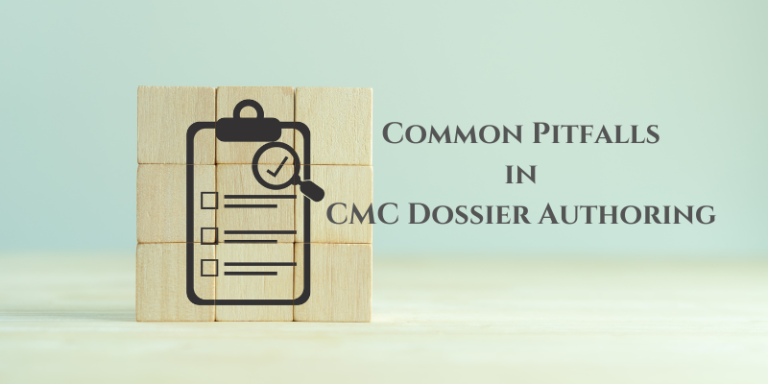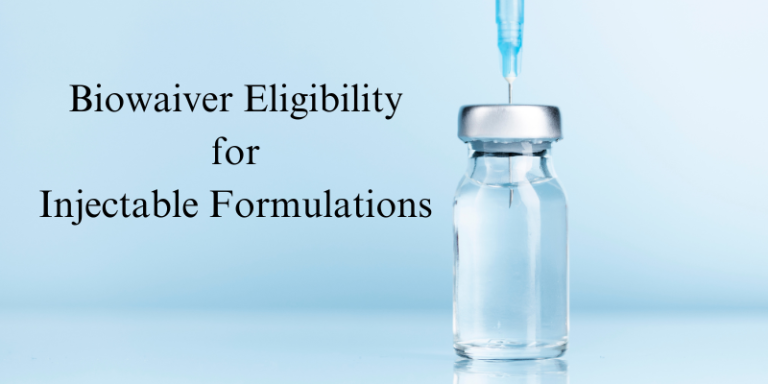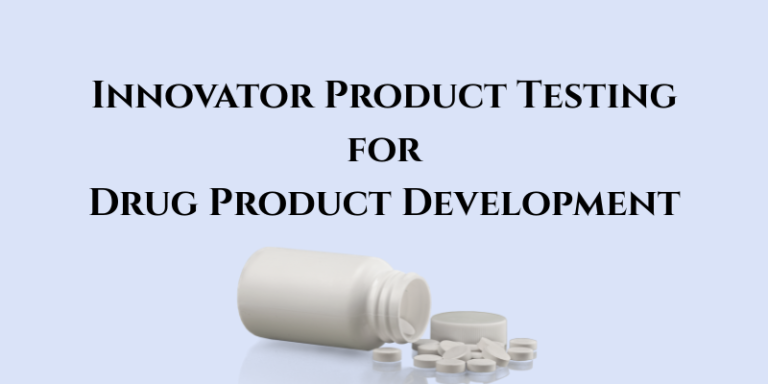Regulatory Strategies for Excipient Grade Changes Across Global Markets
When changing the grade of an excipient for different markets the regulatory approach depends on whether the change impacts safety, quality, or efficacy of the drug product. Here’s how to address it for key regulatory agencies:
USFDA
Filing Type:
- If the change is within the approved specification limits, a minor change may require annual reporting.
- If the change affects functionality or specification limits, a Changes Being Effected (CBE-30) or Prior Approval Supplement (PAS) may be required.
Documentation:
- Comparability data (physicochemical & functional equivalence).
- Justification for the change (risk assessment, stability studies).
- Updated Type II DMF from the supplier.
MHRA & EMA
Variation Classification:
- Type IA Variation (Minor Change) – If the new grade complies with the same pharmacopeial monograph and does not affect quality.
- Type IB Variation – If functional properties may impact formulation performance.
- Type II Variation – If there is a significant impact on stability, bioavailability, or safety.
Documentation:
- Justification for equivalence with in-vitro/ex-vivo testing.
- Risk assessment (ICH Q9).
- Updated CEP (if Ph. Eur. grade is involved).
- If applicable, updated ASMF (Active Substance Master File).
MENA Region (Saudi FDA, UAE, Egypt, etc.)
Regulatory Approach:
- Many MENA countries follow EMA guidelines, so a variation submission is usually required.
- Some markets (e.g., Saudi FDA, UAE) may require a full product re-evaluation if the excipient supplier changes.
- Egypt & Algeria may require local stability data before approval.
Documentation:
- Risk assessment for quality, efficacy, and safety.
- Comparative dissolution/stability data.
- Updated CTD Module 3 sections.
ANVISA (Brazil)
Classification of Change:
- Post-approval notification if the change does not alter the product’s characteristics.
- Prior approval if the change impacts formulation performance.
Documentation:
- Similar to EMA requirements but with a Portuguese translation.
TGA
Change Management:
- If the new excipient grade is pharmacopoeially equivalent → self-assessable change.
- If functional properties are altered → Category 3 application (full assessment required).
Documentation:
- Comparative dissolution, stability, and impurity profile.
- Justification for safety & efficacy.
General Recommendations for All Markets
Risk Assessment (ICH Q9 & ICH Q3C)
- Evaluate impact on stability, bioavailability, dissolution, and impurities.
Comparability Studies
- Characterization of old vs. new excipient grade (particle size, moisture, flow).
- Compatibility with API and final formulation.
Regulatory Strategy
- Prepare CTD Module 3 updates.
- File variation applications according to specific regulatory requirements.
Stability Studies
- Accelerated & long-term studies to confirm no impact.
Read also:







